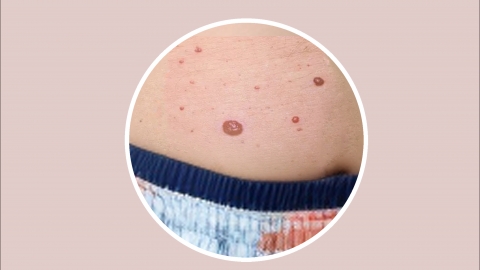What department should I visit for hemangioma?
Generally, departments that are better suited for the treatment of hemangiomas include dermatology, vascular surgery, plastic surgery, interventional radiology, and pediatrics. The specific details are as follows:

1. Dermatology: Superficial skin hemangiomas, such as strawberry hemangiomas and port-wine stains, are accessible to dermatologists who can directly observe and assess these lesions. They can be treated with methods such as laser therapy or topical medications, making this department suitable for small, superficial hemangiomas.
2. Vascular Surgery: Vascular surgery focuses on the diagnosis and treatment of vascular diseases. For various types of hemangiomas—especially deep or complex vascular malformations—vascular surgeons can determine the nature and extent of the lesion through specialized examinations and treat them using surgery or other targeted approaches, making this a commonly preferred department.
3. Plastic Surgery: When hemangiomas affect appearance or are located in special areas such as the face, plastic surgeons can address the lesion while also focusing on aesthetic repair. They employ precise surgical or other techniques to minimize scarring, emphasizing a balance between function and appearance.
4. Interventional Radiology: Using minimally invasive interventional techniques such as embolization, interventional radiologists can block the blood supply to a hemangioma, causing it to shrink. This department is suitable for hemangiomas that are difficult to treat surgically or unsuitable for surgery, offering the advantages of minimal trauma and faster recovery.
5. Pediatrics: Infants and young children are a high-risk group for hemangiomas. Pediatricians are familiar with children's growth and developmental characteristics and have extensive experience in monitoring, conservatively managing, or timely intervening in infantile hemangiomas, making this department suitable for pediatric patients.
When choosing a department, factors such as the location and size of the hemangioma and the patient's age should be considered comprehensively. For the initial visit, consultation with the hospital's triage desk is recommended. After diagnosis, follow the doctor's instructions for examinations and treatment, and schedule regular follow-up visits to monitor changes in the lesion and avoid delays in treatment.




